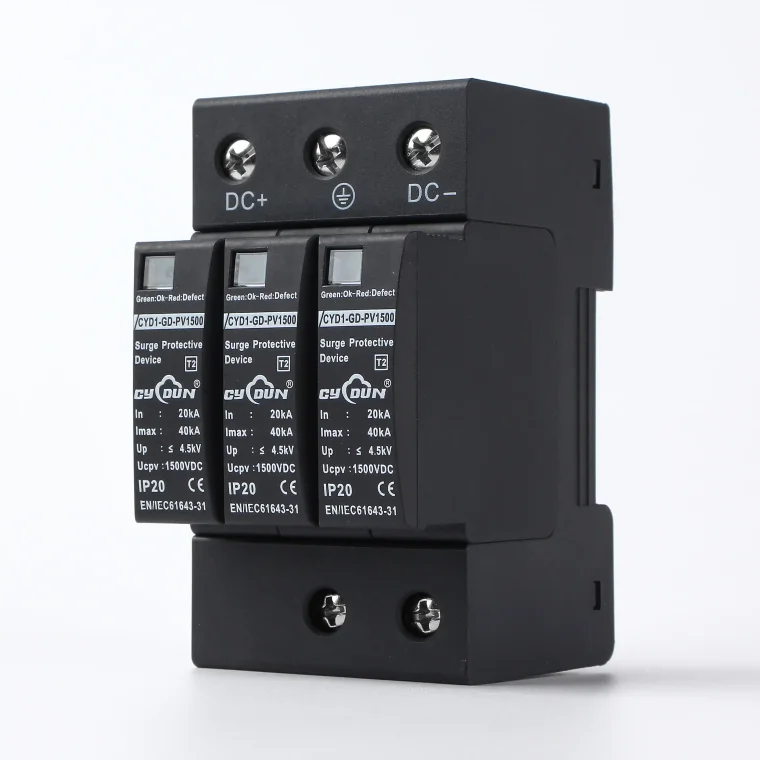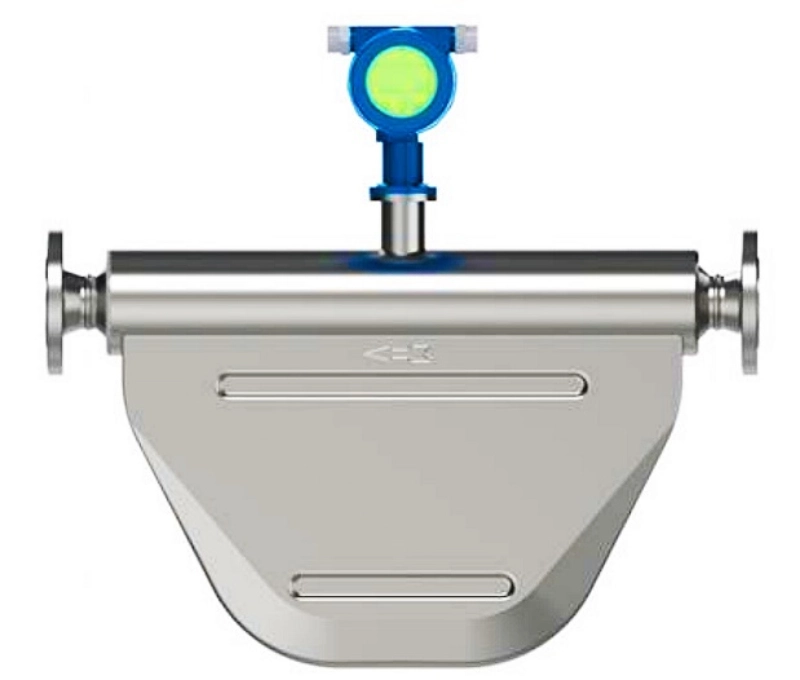When it comes to showcasing artwork, the right lighting can make all the difference. Picture lights not only enhance the visual appeal of your art but also create an inviting atmosphere in your space. However, selecting the ideal picture light involves more than just picking a fixture that looks good. In this article, we will explore the essential factors to consider when choosing a picture light, ensuring that your artwork shines in its best light.
Understanding the Purpose of Picture Lights
Before diving into the selection process, it’s crucial to understand the primary purpose of picture lights. These specialized lighting fixtures are designed to illuminate artwork, photographs, and other decorative pieces. The right picture light can:
- Highlight Details: Proper lighting accentuates the colors, textures, and intricate details of your artwork.
- Create Mood: The right light can evoke emotions and set the tone of a room, enhancing the overall aesthetic.
- Protect Artwork: Quality picture lights can minimize damage caused by UV rays, preserving the integrity of your art over time.
Key Factors to Consider When Choosing a Picture Light
- Type of Artwork
The type of artwork you wish to illuminate plays a significant role in your choice of picture light. Different mediums—such as paintings, photographs, or mixed media—may require distinct lighting approaches. For instance:
- Paintings: Oil and acrylic paintings benefit from warm, diffused light that enhances color depth.
- Photographs: Glossy prints may require a more focused beam to avoid glare while still highlighting details.
- Textiles: Tapestries and fabric art should be lit with softer, indirect lighting to prevent damage.
- Light Source
The choice of light source is critical in achieving the desired effect. Picture lights typically come in three types of light sources:
- Incandescent Bulbs: These provide warm light and are great for creating a cozy atmosphere. However, they generate heat and may not be suitable for all artworks.
- LED Bulbs: Energy-efficient and long-lasting, LED lights offer a range of color temperatures and are ideal for preserving artwork due to their low heat emission.
- Halogen Bulbs: These provide bright, white light and excellent color rendering but can produce significant heat, making them less suitable for delicate pieces.
- Size and Scale
The size of the picture light should be proportional to the artwork it will illuminate. A small piece may be overwhelmed by a large fixture, while a large artwork may require multiple smaller lights for even illumination. As a general rule:
- Width: The light should be about two-thirds the width of the artwork.
- Height: Position the light approximately 6 to 12 inches above the artwork for optimal illumination.
- Mounting Options
Picture lights come in various mounting styles, including wall-mounted, plug-in, and battery-operated options. Consider the following:
- Wall-Mounted: These fixtures are permanently installed and provide a clean, streamlined look.
- Plug-In: Ideal for renters or those who prefer flexibility, plug-in lights can be easily moved and repositioned.
- Battery-Operated: These lights are perfect for spaces without electrical outlets and can be placed anywhere.
- Finish and Style
The aesthetic of the picture light should complement both the artwork and the surrounding decor. Common finishes include:
- Brass: Adds a touch of elegance and warmth.
- Chrome: Offers a modern, sleek appearance.
- Matte Black or White: Provides a minimalist look that can blend seamlessly with various styles.
Installation Tips for Optimal Results
Once you’ve chosen the perfect picture light, proper installation is key to achieving the best results. Here are some tips:
- Positioning: Ensure the light is directed at the center of the artwork for even illumination.
- Angle: Tilt the light slightly downward to minimize glare and enhance visibility.
- Distance: Maintain the recommended distance from the artwork to avoid heat damage and ensure effective lighting.
Conclusion
Choosing the right picture light is an art in itself, requiring careful consideration of various factors to achieve the desired effect. By understanding the purpose of picture lights, evaluating the type of artwork, selecting the appropriate light source, and considering size, mounting options, and style, you can create a stunning display that highlights your art beautifully. With the right picture light, your artwork will not only be illuminated but will also become a focal point that captivates and inspires.









+ There are no comments
Add yours